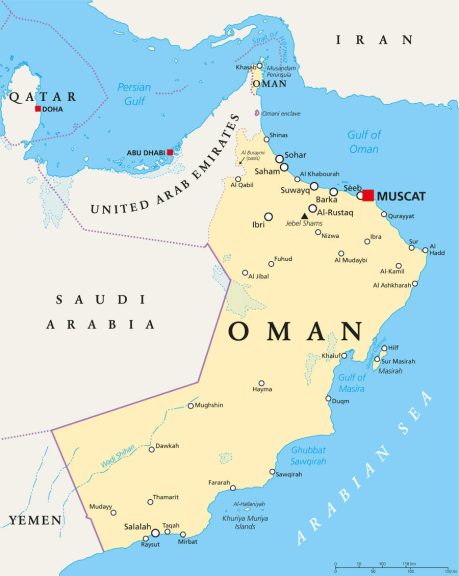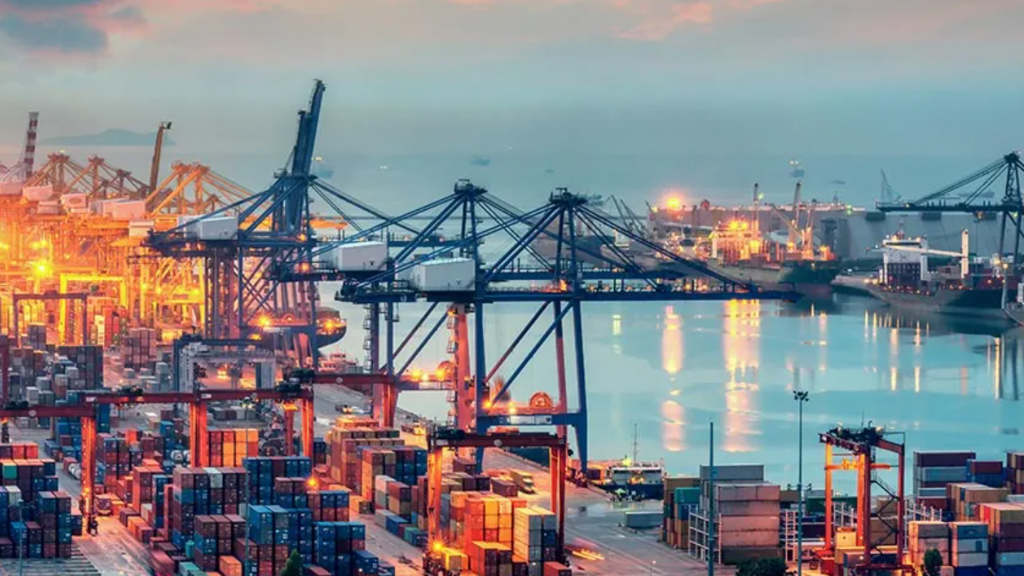Russia and the Sultanate of Oman have agreed to waive visa regulations starting July 18, entitling tourists from both countries to visit for up to 30 days without visas, the Russian Foreign Ministry has stated, saying “Under the agreement, Russian citizens will be able to enter and stay in Oman without visas for up to 30 days during each visit, provided that the objective of their entry is not permanent residence, studying, or activities requiring a job permit. The total duration of stay must not be longer than 90 days during a calendar year. Citizens of Oman will be entitled to identical rights while visiting Russia.”
At present, Russian citizens can visit Oman as tourists for up to 14 days without visas, provided that they have a hotel booking and return ticket. The Russian Union of Travel Industry said it expected that the abolition of visas between Russia and Oman would promote mutual travel.
27,300 Russian tourists visited Oman in the first four months of 2025, up 62% from the same period in 2024. Oman saw particularly high numbers of Russian visitors in March and April, when the figures doubled year-on-year.
The tourist flow grew because of newly introduced direct air services, the opening of Oman’s tourism office in Russia, and investments in promotion, which enhanced confidence in Oman as a safe and promising destination. Russians are inclined to make long visits, 17 to 21 days, which is particularly important for non-Muscovites, who have to fly with transfers to get to Moscow.
The Omani Ministry of Heritage and Tourism expects to welcome twice as many Russian tourists in 2025 than in 2024 and increase this figure by another 150% in 2026. The Russian Economic Development Ministry said earlier that the number of Omani tourists visiting Russia had grown 5.4-fold year-on-year to reach nearly 10,000 in 2024.

Oman is strategically located in the south of the Arabian Peninsula, serving as a link between the Gulf region, Asia, and Africa, with a strong emphasis on trade and economic diversification.
Oman’s economy remains heavily reliant on oil and gas, which contribute significantly to government revenue and exports. The country continues to enhance oil recovery and expand natural gas production while actively diversifying its economy under Vision 2040. Key sectors such as tourism, mining, fisheries, and renewable energy are gaining prominence. Tourism is growing, fuelled by Oman’s cultural heritage, natural landscapes, and investments in luxury resorts and eco-tourism. Mining leverages vast reserves of copper, chromite, limestone, and gypsum, while fisheries and aquaculture benefit from government support to boost exports.
Manufacturing is crucial for diversification, focusing on petrochemicals, fertilizers, and aluminium, with industrial zones like Sohar Freezone and Salalah Free Zone driving growth. Renewable energy, particularly solar and wind, is a priority as Oman seeks to reduce reliance on hydrocarbons and lead in green hydrogen production. Logistics, supported by key ports in Duqm, Sohar, and Salalah, strengthens Oman’s role as a regional trade hub. Additionally, the country is advancing digital transformation, fostering growth in IT, fintech, and e-governance.
Oman is a member of the Gulf Cooperation Council (GCC), benefiting from regional free trade agreements that allow duty-free access and promote economic integration. Through the GCC, Oman has agreements with Singapore, the European Free Trade Association, and other key partners, while Oman’s membership in the Arab Free Trade Area facilitates trade within the Arab League. As a member of the World Trade Organization, Oman adheres to global trade rules and promotes multilateral trade. Bilateral Investment Treaties with countries like China, India, and Germany also boost foreign direct investment.
Russian businesses are increasingly interested in Oman as a business jurisdiction than the traditionally popular United Arab Emirates, whose status as the Middle East’s standard hub for registering companies and conducting settlements could be at risk from a tightening of Western regulatory requirements and sanctions compliance.
With a population of approximately 5.28 million, Oman has a GDP (PPP) of US$221.1 billion and a GDP (PPP) per capita of US$41,652. The economy is projected to grow by 2.2% in 2025.
Oman’s bilateral trade with Russia has seen steady growth, increasing from US$171.7 million in 2021 to US$250.8 million in 2022, and reaching US$500 million in 2024.
Further Reading






